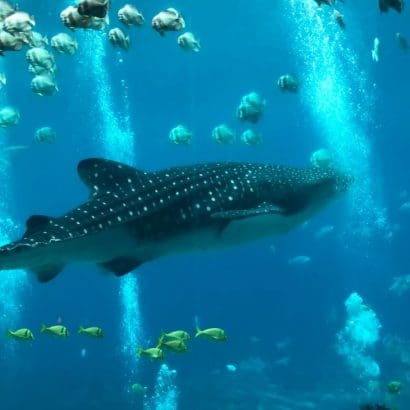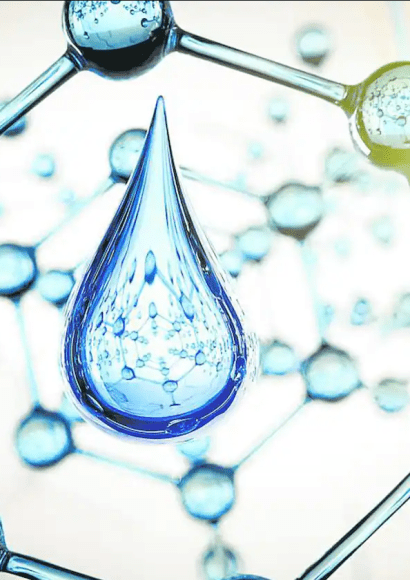
In the vast depths of our oceans, a tiny world unfolds, unseen to the naked eye. As we strive to understand and protect these underwater realms, an unlikely hero emerges—nanotechnology. This groundbreaking field, dealing with the manipulation of minuscule particles, has quietly revolutionized oceanography, offering us new ways to explore and safeguard our oceans. In this article, we’ll dive into the fascinating realm where nanotechnology meets oceanography, exploring how these tiny wonders are making a big splash in uncovering the mysteries of the sea.
Contents
Nanosensors for Environmental Monitoring.🐟
In the vast expanse of the oceans, where the mysteries of marine life unfold, a technological marvel is quietly at work – nanosensors. These minuscule detectors are not just tiny gadgets; they are the unsung heroes shaping the research of marine ecosystems. Let’s embark on a journey to explore the ingenious world of nanosensors and unravel their pivotal role in advancing the contribution of nanotechnology in oceanography.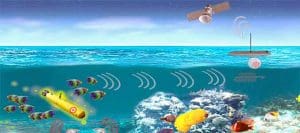
Unveiling the Miniature Guardians.
Picture these nanosensors as microscopic guardians of the sea, tirelessly patrolling the aquatic realms. Their mission? To decode the language of the ocean and unveil its secrets. These pint-sized marvels are equipped with an extraordinary ability to sense even the subtlest changes in the marine environment, acting as the frontline warriors in our quest to understand and protect the ocean’s delicate balance.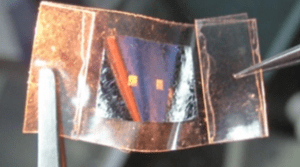
How Nanosensors Work Their Magic?
In the realm of environmental monitoring, nanosensors work like undercover agents, decoding the whispers of the ocean. These tiny detectors are armed with sensors that can detect shifts in temperature, variations in salinity, and even changes in nutrient levels. Imagine them as silent observers, creating a symphony of data that scientists use to understand the complex dance of marine ecosystems.
Empowering Ocean Stewards.
One of the remarkable features of nanosensors is their ability to provide real-time data. This means scientists can receive instant updates on the health of the ocean, enabling them to respond promptly to emerging environmental changes. It’s like having a constant pulse check on the vital signs of our oceans, allowing us to become proactive stewards in preserving marine life.
Unveiling the Marvels of Nanoparticles in Biological Exploration.🐟
In the enchanting world of marine biology, a revolution is quietly taking place, unlocking secrets previously hidden to the naked eye. This transformative force is none other than nanoparticles, microscopic wonders that are redefining how we understand the intricate dance of life beneath the ocean’s surface.
Unleashing the Tiny Titans.
Nanoparticles, those tiny superheroes of the scientific realm, have made a grand entrance into the field of marine biology. Imagine them as microscopic explorers, equipped with the ability to venture into the tiniest corners of the ocean, unlocking the mysteries of marine life with unprecedented precision.
Decoding the Language of Cells.
One of the fascinating aspects of nanoparticle applications is their role in cellular studies. Picture nanoparticles as microscopic detectives, allowing scientists to eavesdrop on the conversations between cells. This technology offers a closer look at the behavior of marine organisms at a cellular level, providing insights that were once unimaginable.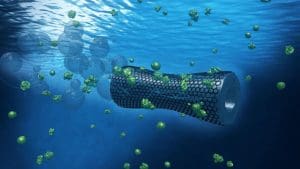
The Nano Voyage.
As we embark on our nano voyage, we encounter the diverse community of oceanic microorganisms. Nanoparticles act as guides, helping us navigate this microscopic universe. Through their lens, we uncover the intricacies of marine ecosystems, witnessing the symbiotic relationships and delicate balance that sustain life beneath the waves.
Nanotechnology in Marine Materials.🐟
In the vast realm of ocean exploration, nanotechnology emerges as a game-changer, transforming the very materials that equip our marine tools. This section sheds light on the fascinating world of nanotechnology in marine materials, where the tiniest innovations make waves in the efficiency and durability of equipment beneath the waves.
The Impact of Nanotechnology in Oceanographic Instruments.
Imagine oceanographic instruments as sea voyagers, facing the relentless challenges of the underwater world. With the infusion of nanotechnology, these tools become not just observers but resilient explorers. Nanomaterials enhance the durability and strength of equipment, ensuring they withstand the harsh conditions of the ocean depths.
Nanotechnology in Autonomous Underwater Vehicles.
In the depths where sunlight barely reaches, autonomous underwater vehicles (AUVs) play a vital role. The incorporation of nanotechnology transforms these vehicles into agile navigators. They become more energy-efficient, extending their underwater missions and enabling scientists to explore remote corners of the ocean, unlocking new discoveries.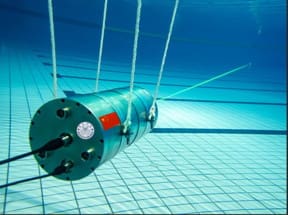
Nanomaterials in Marine Buoy Technology.
Marine buoys, those bobbing sentinels on the ocean’s surface, now harbor a secret – nanomaterials. These materials, designed at the nanoscale, make buoys more resistant to corrosion and provide a stable platform for monitoring. They silently collect vital data, contributing to our understanding of oceanic phenomena.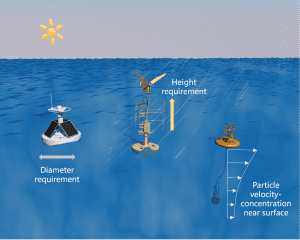
Frequently Asked Questions Section.🐟
How does nanotechnology enhance monitoring of climate change in the oceans?
Nanotechnology becomes our ally in the fight against marine climate change. Through nanosensors and nanoparticles, we can monitor key indicators, such as water temperature, salinity, and gas concentration, more precisely. This provides detailed data to understand the effects of climate change on the oceans and to take effective measures for their conservation.
What are the latest applications of nanoparticles in marine research?
The applications of nanoparticles in marine research have seen notable advances. From tracking microorganisms to the controlled delivery of nutrients in marine environments, nanoparticles open up new possibilities. These microscopic tools enable more precise and non-intrusive studies, revolutionizing our understanding of marine ecosystems.
What advancements have been made in nanotechnology applied to underwater exploration?
At the forefront of underwater exploration, nanotechnology has facilitated significant advancements. Autonomous Underwater Vehicles (AUVs) enhanced with nanomaterials are more efficient and resilient. Nanoscale sensors enable faster and more accurate data collection, taking underwater exploration to new depths and enabling exciting discoveries about marine life.

